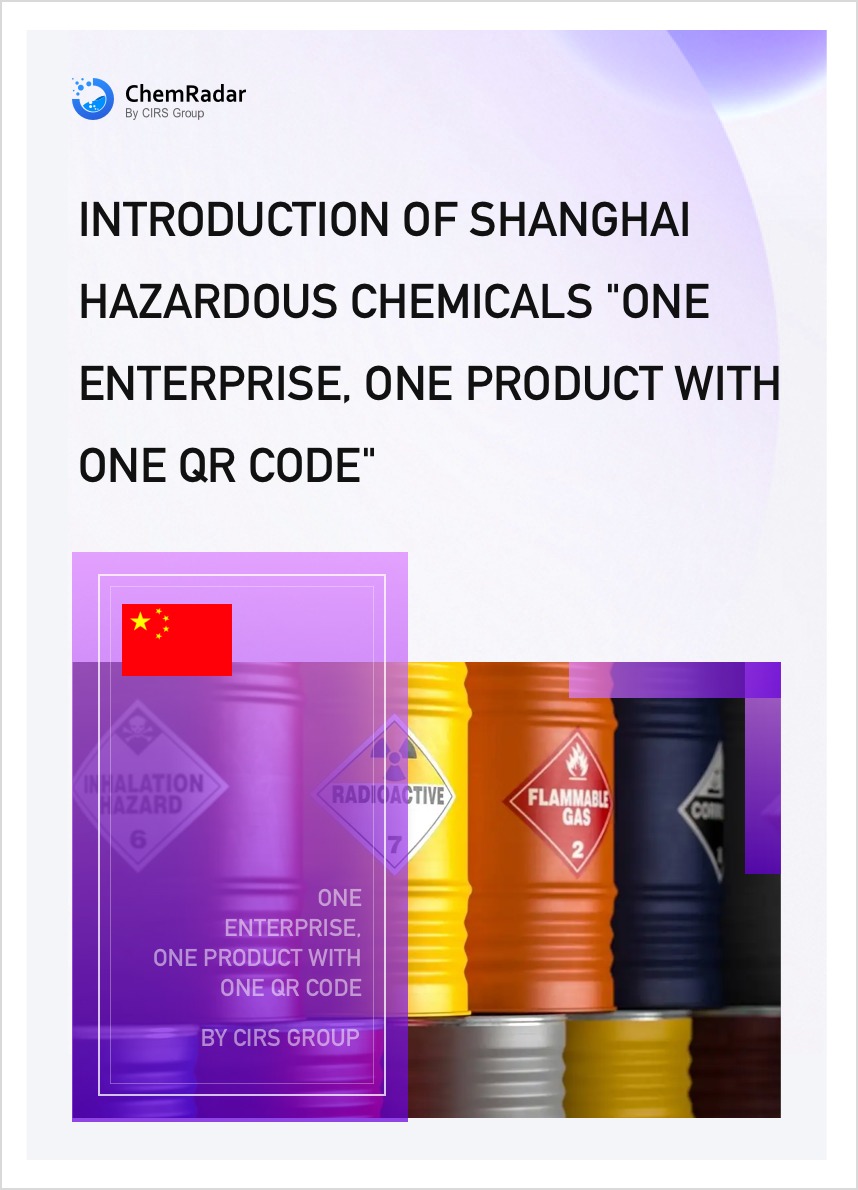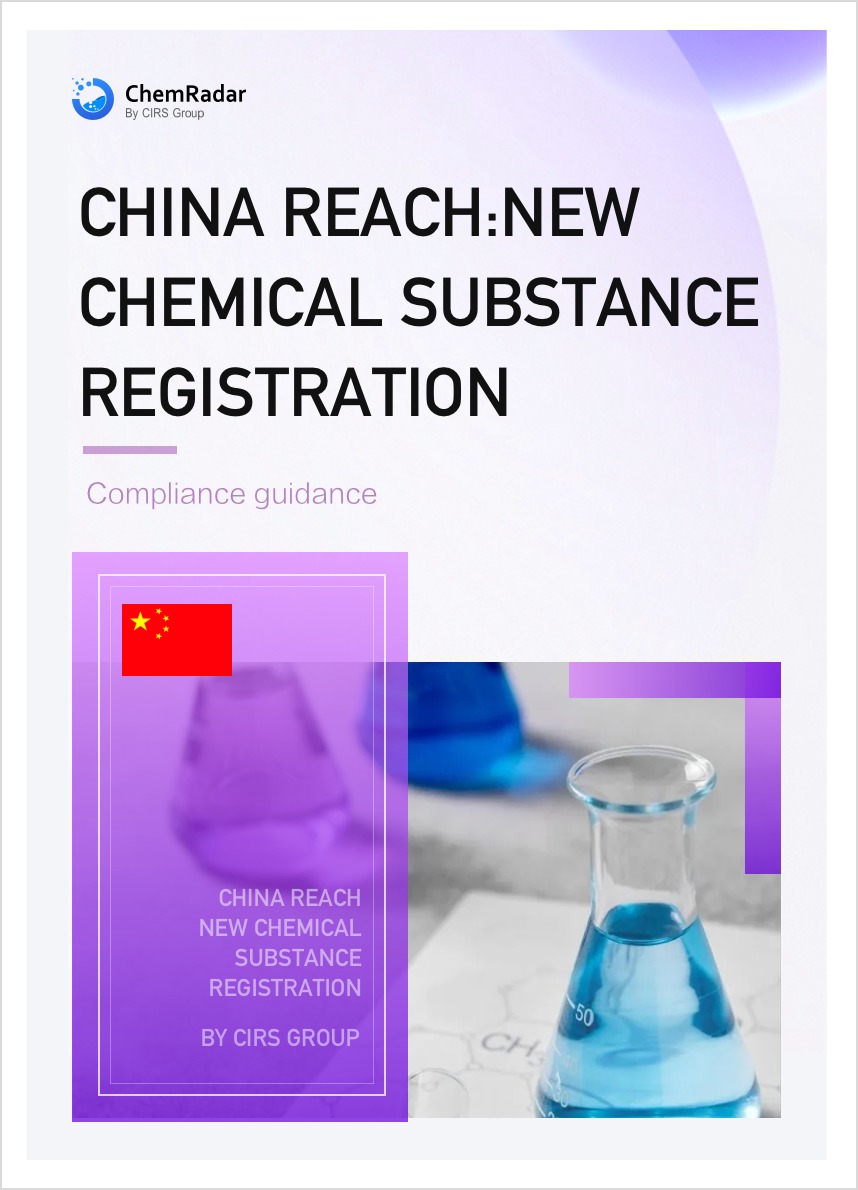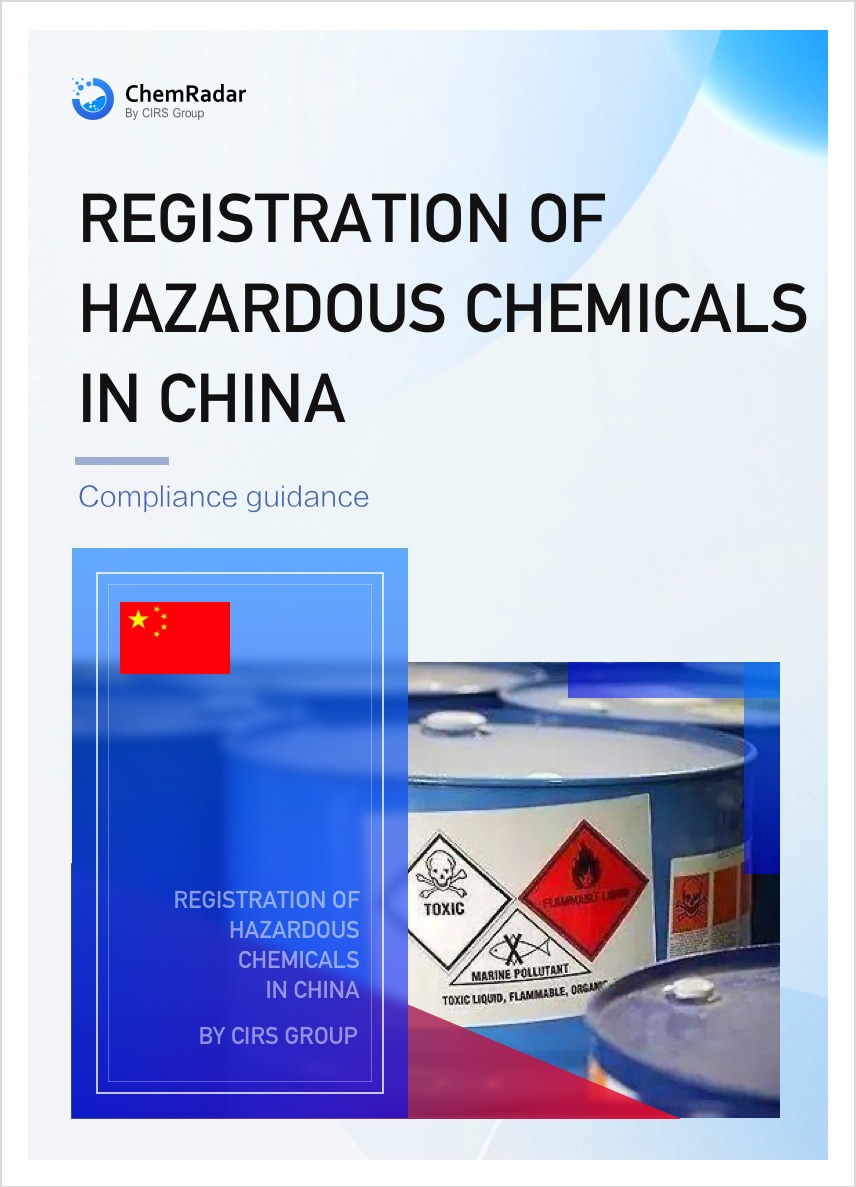On May 30, 2025, the State Administration for Market Regulation and the Standardization Administration of China jointly released two mandatory national standards: Limit of Harmful Substances of Coatings Part 1: Architectural Coatings (GB 30981.1-2025) and Limit of Harmful Substances of Coatings Part 2: Industrial Coatings (GB 30981.2-2025), which will officially come into effect on June 1, 2026. This marks a new phase of more precise and stricter control over hazardous substances in architectural and industrial coatings in China, aimed at ensuring consumer health, promoting green and high-quality industry development, and aiding in environmental pollution control.
Background and Significance of the New Standards
Coatings, as critical basic materials, have implications for consumer health and are key in managing air pollution through industrial applications. Under continuous environmental policies, water-based coatings, high-solid-content coatings, and powder coatings have thrived in China, significantly reducing VOC emissions in the industry. After more than two decades of implementing mandatory national standards, China's requirements for limiting harmful substances such as formaldehyde, heavy metals, and aromatic compounds in coatings have become increasingly strict and actively aligned with international standards. The integration and revision of the GB 30981 series standards aim to more scientifically regulate product safety and environmental protection, promote the transformation of the coatings industry towards high quality and sustainability, and enhance international competitiveness.
Limit of Harmful Substances of Coatings Part 1: Architectural Coatings (GB 30981.1-2025)
This document replaces GB 18582—2020 Limit of Harmful Substances of Architectural Wall Coatings and GB 38468—2019 Limit of Harmful Substances of Interior Floor Coatings.
Purpose: To regulate the limit values, testing methods, inspection rules, labeling, and documentation for harmful substances in various architectural coatings and auxiliary materials.
Key Content: Specifies the allowable limits of substances harmful to human health and the environment in architectural coatings and auxiliary materials, including product classification, requirements, testing methods, inspection rules, labeling, and documentation.
Scope of Application: Applicable to coatings and auxiliary materials used directly on-site for decorating, protecting, or providing special functions (such as mold prevention, algae resistance, thermal insulation, etc.) to interior and exterior surfaces of buildings based on cement and other non-metallic materials; also applicable to coatings and auxiliary materials used on-site for decorating, protecting, or providing special functions (such as anti-static, corrosion resistance, slip resistance, etc.) to flooring substrates made of cement mortar, concrete, stone, plastic, or steel. Not applicable to architectural waterproof coatings or synthetic material surface coatings for sports fields.
Limit of Harmful Substances of Coatings Part 2: Industrial Coatings (GB 30981.2-2025)
This document replaces GB 18581—2020 Limit of Harmful Substances of Woodenware Coatings, GB 24409—2020 Limit of Harmful Substances of Vehicle Coatings, GB 24613—2009 Limit of Harmful Substances of Coatings for Toys, GB 30981—2020 Limit of Harmful Substances of Industrial Protective Coatings, and GB 38469—2019 Limit of Harmful Substances of Marine Coatings.
Purpose: To regulate the limit values, testing methods, inspection rules, labeling, and documentation for harmful substances in various industrial coatings and auxiliary materials.
Key Content: Specifies the allowable limits of substances harmful to human health and the environment in industrial coatings and auxiliary materials, including product classification and coating hazard marking, requirements, testing methods, inspection rules, labeling, and documentation.
Scope of Application: Applicable to coatings and auxiliary materials used in on-site and factory painting for decorating, protecting, or providing other functions to substrates made of wood, metal, plastic, concrete, composite materials, glass, ceramics, etc. Not applicable to aerospace coatings, nuclear-grade protective coatings, or military equipment and facility coatings.
Unified Management and Implementation
The drafting of both standards strictly followed the GB/T 1.1—2020 Standardization Work Guidelines Part 1: Structure and Drafting Rules of Standardization Documents. Both are managed by the Ministry of Industry and Information Technology (339), with specific implementation entrusted to the National Committee for Standardization of Coatings and Pigments (TC5).
Outlook
The categorized implementation of these two new national standards has established a clearer and more comprehensive system for hazardous substance limits in coatings. Not only do they set unified and stricter safety and environmental thresholds for coatings products in both the construction and industrial sectors, but they also provide a strong basis for regulation, further guiding and promoting the research and development and application of environmentally friendly coatings technologies, accelerating the green transformation and upgrading of the entire coatings industry chain.
Further Information



